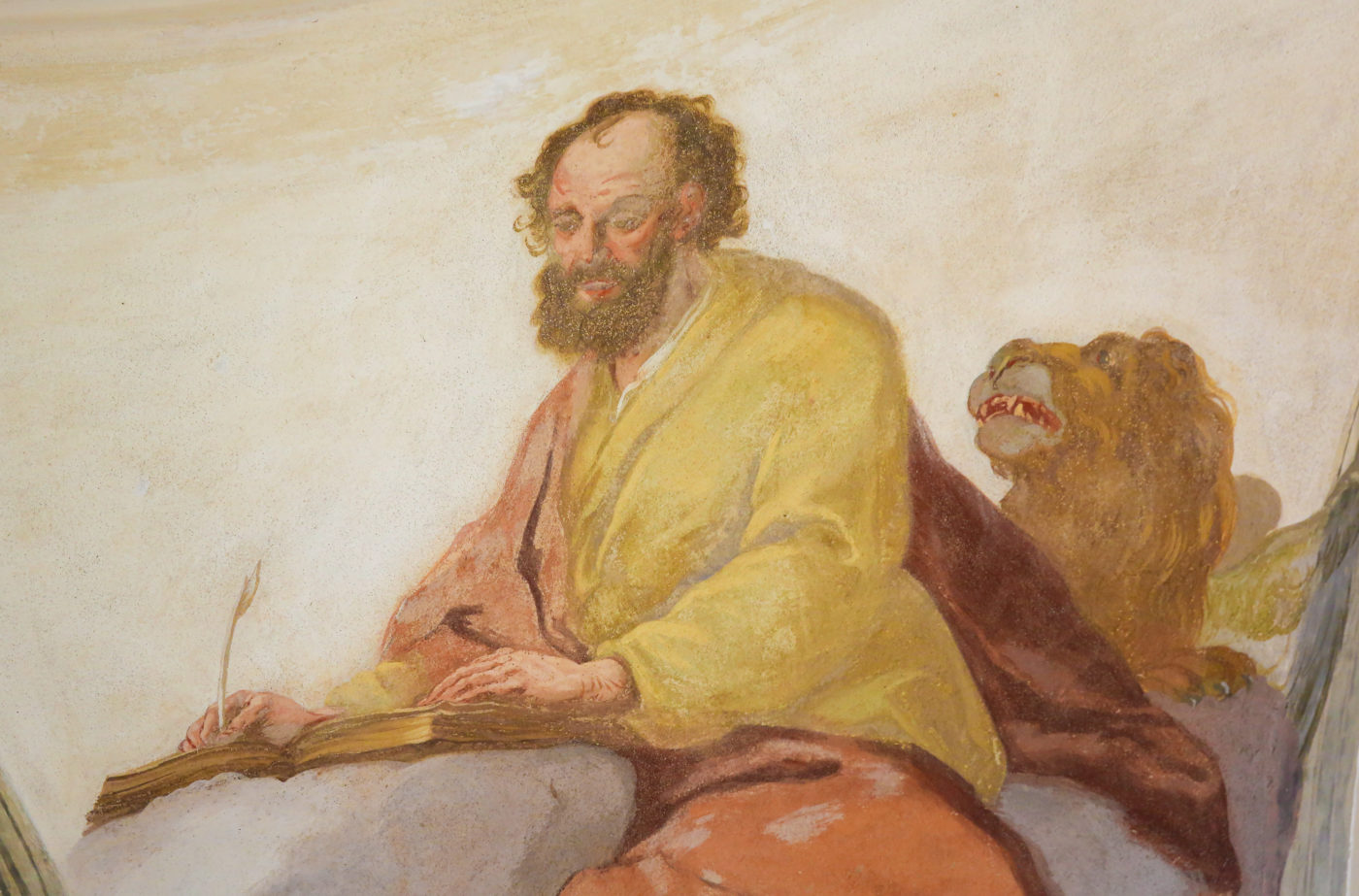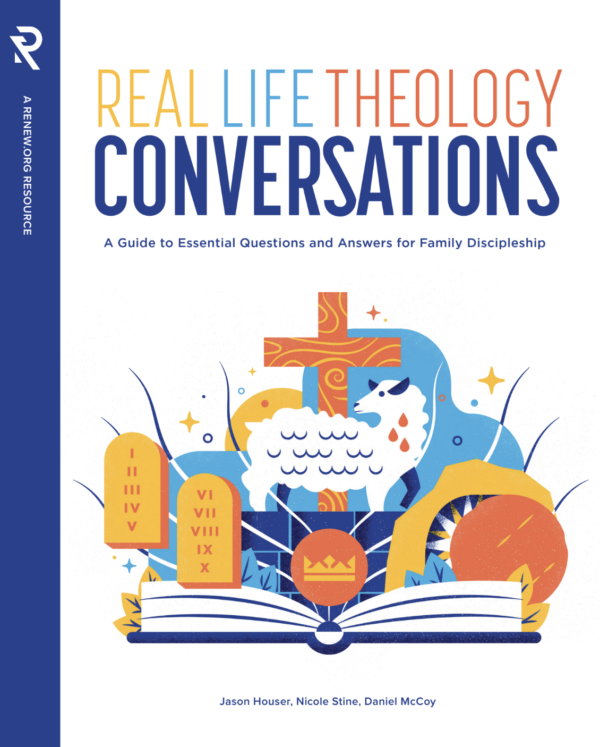
New Testament Writers: Who Were They?
Who were the New Testament writers? There are 9 authors who wrote the 27 books that came to be known as the New Testament, and in this article, John Whittaker describes what we know about these authors.
When reading the Bible, it’s important to remember that it wasn’t just dropped out of heaven to us. It was written by real people with unique backgrounds and personalities, and God used them to communicate his word to his people. So, who were the authors of the New Testament books?
Many of the books tell us exactly who wrote them, such as the letters of Paul, James, and Peter, for example. The Gospels are technically anonymous, but the earliest testimony of the church indicates who wrote them. The book of Hebrews is the only one whose author is unknown.
Here is a short bio for each of the New Testament authors.
1. Matthew
Matthew was one the 12 original apostles and thus an eyewitness to the ministry, death, and resurrection of Jesus. Matthew, who was also called Levi, was a Jew who lived in Capernaum. He worked for the Romans as a tax collector, which means he was a rather shady businessman who would’ve been despised by his fellow Jews. In fact, he was working at his tax booth when Jesus called him to follow him (Mark 2:13ff).
2. Mark
Mark’s full name is John Mark and he had close connections with the apostles and the early church. His mother’s name was Mary, and their home was one of the key gathering places for the first church in Jerusalem (Acts 12:12). Mark was also the cousin of Barnabas, another key leader in the early church (Col. 4:10), and he traveled with Barnabas and Paul for part of their first missionary journey. Towards the end of Paul’s life, he asked Timothy to bring Mark to him because “he was useful to him” (2 Tim 4:11). Early church tradition says that the apostle Peter was the main source for the Gospel Mark wrote.
3. Luke
Luke is the author of Luke and Acts. He was a close colleague of the apostle Paul. He traveled with Paul from Troas to Philippi on Paul’s second missionary journey (notice the “we” in Acts 16:11ff), remained there for a few years, rejoined Paul at the end of the third missionary journey (Acts 20:5-6), and stayed with him over the next four years while Paul was in prison. Luke was a physician by training, and, in Colossians 4, he’s included among Paul’s Gentile colleagues, which means he’s most likely the only Gentile author in the New Testament.
4. John
John (who wrote the Gospel of John, the 3 letters of John, and Revelation) was one of the 12 original apostles and an eyewitness to the ministry, death, and resurrection of Jesus. He grew up in a family of commercial fisherman on the Sea of Galilee, and when Jesus called him and his brother James to follow him, they left the family business to become his disciple. As a young man, it appears he and his brother had a bit of a fiery side, being nicknamed “the sons of thunder” because of it (Mark 3:17; cf. Luke 9:54). In his Gospel, John calls himself the “disciple whom Jesus loved,” suggesting that he had a particularly close friendship with Jesus, and Jesus entrusted the care of his mother Mary to John as he hung on the cross (John 19:26-27). John outlived the other apostles (his later life spent in Ephesus) and his writings are likely the last ones of the New Testament.
5. Paul
Paul is the author of 13 letters in the New Testament. He grew up in a conservative Jewish home and was trained in the way of the Pharisees. His hometown was Tarsus (born with Roman citizenship), a large Greco-Roman commercial city in the southeastern corner of modern-day Turkey, but at some point he moved to Jerusalem for schooling (Acts 22:3). He studied under one of the greatest rabbis of his day, Gamaliel, and distinguished himself in zeal and learning (Gal 1:14). His zeal was so intense that it led him to persecute the Christians.
Nevertheless, the rare combination of Jewish learning, Roman citizenship, and Greco-Roman city life made Paul uniquely equipped to make disciples throughout the Roman Empire. So, in order to bring Paul to himself, Jesus appeared to him when Paul was on his way to arrest Christians in Damascus (you can read the story in Acts 9). Once Paul surrendered to Jesus, he applied the same zeal to making disciples of Jesus that he once had for persecuting them. Paul’s ministry spanned about 30 years until he was finally beheaded for his faith in Jesus in Rome in the mid-60’s.
6. James
The author of James was (most likely) James the brother of Jesus. Based on the order in which the brothers are listed in Matthew 13:55, James is the next oldest son of Joseph and Mary after Jesus. During his ministry, James (and his other brothers) misunderstood Jesus’ purpose and was skeptical of him (John 7:5). But after his resurrection, Jesus appeared to James (1 Corinthians 15:7), and this led James to believe in him. He became a key leader in the church in Jerusalem (e.g., Acts 12:17; Acts 15). Paul even calls him one of the “pillars” (Gal 2:9). According to early church tradition, James’ leadership and faithfulness earned him several nicknames. He was called James the Just and also “camel knees” because he spent so much time on his knees praying for the Jews. He was stoned to death in Jerusalem in A.D. 62.
7. Peter
Peter was one of the 12 original apostles and an eyewitness to the ministry, death, and resurrection of Jesus. In fact, he and his brother Andrew were two of the very first followers of Jesus (John 1:40-41). His hometown was Bethsaida, and he and his brother were commercial fisherman on the Sea of Galilee. His actual name was Simon, but Jesus gave him the nickname “Peter” which means “Rock.”
His strong, bold personality resulted in him becoming the leader of the apostles, even though at times it caused him to say or do some foolish things. In spite of this strong personality, Peter denied Jesus three times on the night of his arrest. Peter wept bitterly over this failure and after his resurrection, Jesus reassured Peter by commissioning him to ministry (John 21:15ff). Peter became the key leader and spokesman in Jerusalem when the church first began, and he boldly proclaimed Jesus even to the very leaders who had crucified him. Peter was put to death for his faith in Jesus in the mid-60’s, and tradition says he was crucified upside down because he didn’t feel worthy to die the same way Jesus had.
8. Jude
The author of the short letter of Jude was Jude, Jesus’ brother. Like his older brother James, he misunderstood Jesus’ purpose and was skeptical of him during his ministry (John 7:5). But after Jesus’ resurrection, Jude was gathered in the upper room in Jerusalem with the believers (Acts 1:14). Jude identifies himself in his letter as the “brother of James,” seemingly content to be known as the sibling of a more well-known church leader.
9. Hebrews
There’s been no shortage of speculation over who wrote Hebrews. Suggestions include people like Paul, Apollos, Luke, and Barnabas. Whoever wrote it had a good command of the Old Testament and a very polished Greek writing style. But the fact is, the early church father Origen was right when he said, as to who wrote Hebrews, “Only God knows”! That was true when he said it around A.D. 200 and it’s still true today.
For more from John, see johnwhittaker.net.









